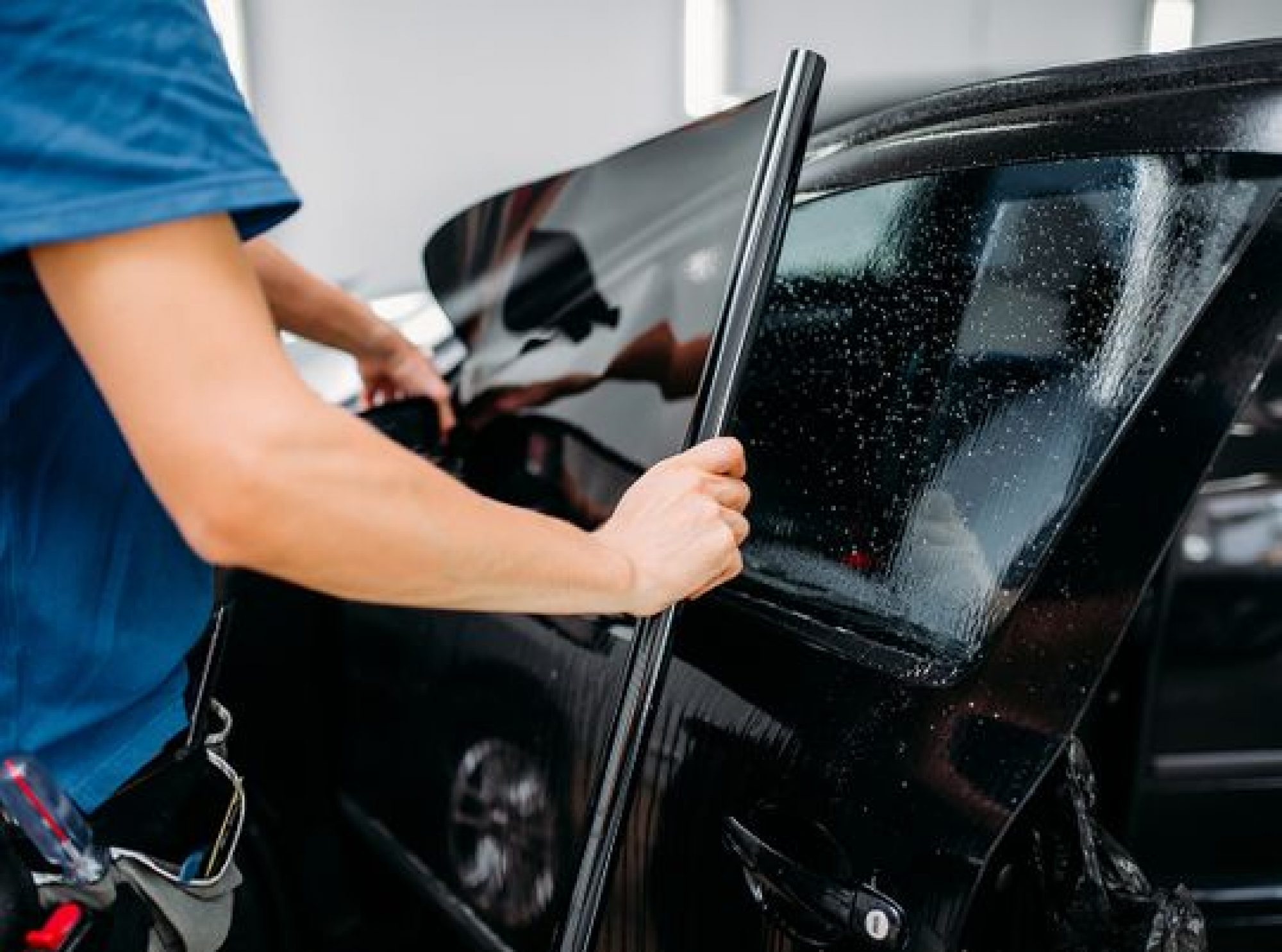Why Window Tinting Is the Best Solution for UV Protection and Glare Reduction
Why Window Tinting Is the Best Solution for UV Protection and Glare Reduction
Blog Article
Window Tinting Rules: What You Need to Know Before Tinting Your Vehicle
Comprehending window tinting laws is vital for any lorry proprietor considering tinting their cars and truck. Laws differ dramatically from one state to another, establishing particular limits for Visible Light Transmission (VLT) percents, particularly for front-side windows and windshields. Failing to follow these laws can cause penalties, the need to eliminate the tint, and issues with insurance policy. As you consider boosting your car's look and performance, it is vital to grasp not just the legal effects but also the sensible considerations that feature choosing the best tint. What variables should you prioritize in your decision-making procedure?
Relevance of Comprehending Color Laws
Understanding home window tinting legislations is critical for vehicle owners to make sure compliance with state regulations. These legislations dictate the allowable degrees of color darkness and reflectivity, which can dramatically vary from one jurisdiction to another. Failing to comply with these regulations can result in fines, required elimination of the tint, and possible complications during vehicle evaluations.
Furthermore, recognizing these laws helps vehicle owners make educated decisions about their tinting options. Different sorts of home window movies provide various advantages, such as UV defense, warmth denial, and glow reduction. Without expertise of the legal limitations, car proprietors take the chance of choosing products that may inevitably lead to lawful concerns.
Additionally, recognition of tinting regulations promotes a safer driving atmosphere. window tinting. Exceedingly dark tints can impair exposure, increasing the risk of mishaps, particularly at evening or in negative weather conditions. Police additionally utilize these guidelines to guarantee roadway safety, making conformity not just a lawful commitment but a personal duty
State-Specific Color Laws
Each state in the U.S. has developed its own certain laws relating to window tinting, showing a diverse variety of requirements and criteria. These regulations can vary considerably, influencing how vehicle owners come close to installation and compliance. As an example, some states allow darker colors on back windows while imposing rigorous limitations on front-side windows.
Furthermore, laws frequently define allowable tint products and shades. Particular states ban reflective tints altogether, while others may permit them to a minimal level. Some jurisdictions mandate that automobiles with colored home windows display a sticker label showing compliance with state laws, supplying a clear recognition for regulation enforcement.
Enforcement of these legislations likewise differs; some states are extra aggressive, performing arbitrary checks, while others depend on grievances or visible infractions to start enforcement. Automobile proprietors must realize that failure to abide by state-specific color laws can bring about penalties, compulsory elimination of prohibited colors, or both.

Legal Color Percentages
Identifying the lawful color percentages is important for automobile owners seeking to abide by state regulations. Each state has particular regulations regulating how much light have a peek at this site has to travel through the windows of an automobile, which is revealed as a percent referred to as Noticeable Light Transmission (VLT) This portion varies substantially throughout states and can depend upon the sort of window-- front side, back side, and windshield.
For example, some states enable as low as 20% VLT on front side windows, while others might allow up to 50%. Windscreen tinting is typically more limited, with lots of jurisdictions permitting just a slim band of tint on top of the windshield. On the other hand, rear windows normally have a lot more lax laws, with some states allowing darker tints.
It is essential for lorry owners to familiarize themselves with their neighborhood regulations to prevent potential lawful concerns. This consists of understanding how VLT is gauged, as it can differ based upon the kind of home window film utilized. Remaining notified concerning these regulations guarantees conformity and promotes risk-free driving problems for both the automobile proprietor and others on the road.
Repercussions of Non-Compliance
Failing to comply with home window tinting legislations can result in substantial repercussions for car proprietors. One of the most immediate consequence is the capacity for website traffic stops and citations from legislation enforcement. Officers trained to determine unlawful color levels may provide penalties, which can differ by jurisdiction but usually range from moderate to substantial amounts. Repeated infractions might lead to boosted charges, consisting of greater penalties or additional points on a chauffeur's permit.

Insurer might also enforce fines for non-compliance, as prohibited alterations can be deemed a breach of plan terms. This might impact protection rates or result in problems in insurance claims if an occurrence takes place.
Eventually, the effects of non-compliance expand past prompt punitive damages; they can influence a driver's insurance policy rates, legal standing, and general vehicle worth, stressing the value of adhering to local window tinting regulations.
Tips for Finding Tinting Options
When picking window tinting options,Recognizing the effects of non-compliance highlights the relevance of making notified choices. Familiarize on your own with your state's specific regulations concerning tint darkness and reflectivity. Each state additional reading has unique laws that dictate the permissible limits, so guarantee you remain within these standards to prevent fines.
Secondly, take into consideration the sort of color material. article Options consist of colored, metalized, and ceramic tints, each offering differing levels of warm rejection, UV security, and toughness. Ceramic tints offer exceptional heat resistance without interfering with digital tools, making them a popular option.
In addition, assess your key purpose for tinting. If you seek improved personal privacy, select darker tints; nevertheless, remember that this might affect exposure during the night. On the other hand, if glare reduction and UV security are your primary worries, lighter colors might be sufficient.
Finally, talk to a professional installer who is educated concerning local regulations and can advise high-grade products matched to your needs (window tinting). Taking these variables right into account will guarantee you make a well-informed decision, ultimately enhancing both your car's appearances and capability
Final Thought
In verdict, experience with home window tinting laws is essential prior to using color to a lorry. By recognizing legal needs and selecting suitable tint products, automobile proprietors can accomplish aesthetic improvement while continuing to be compliant with pertinent legislations.
Comprehending window tinting legislations is important for any type of lorry owner thinking about tinting their car.Recognizing window tinting regulations is vital for vehicle owners to guarantee compliance with state policies. Some states permit darker colors on rear windows while imposing rigorous limitations on front-side home windows.
In comparison, rear windows normally have more forgiving policies, with some states permitting darker colors. (window tinting)
In verdict, knowledge with home window tinting laws is vital prior to using color to a vehicle.
Report this page